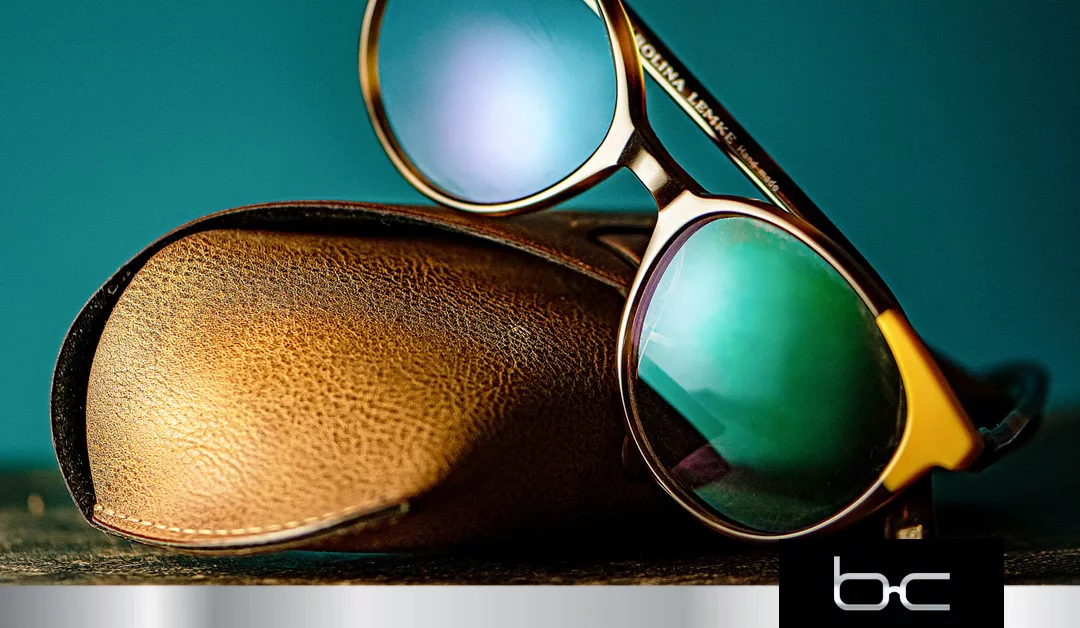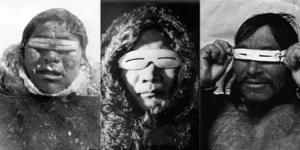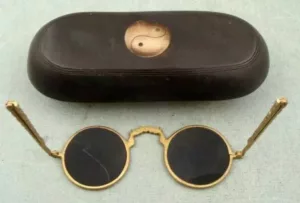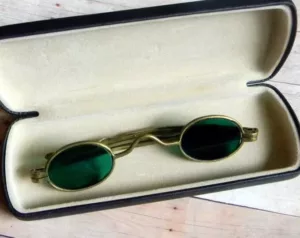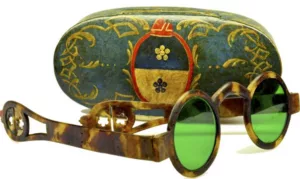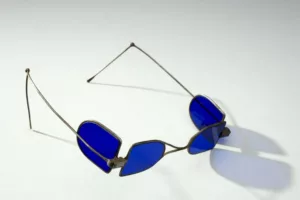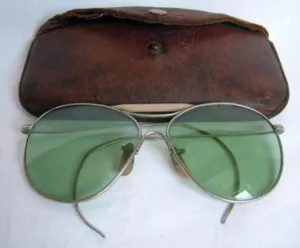What better way to celebrate National Sunglasses Day than to glance back at the history of sunglasses? From science to fashion – sunglasses have certainly made their mark on history.
The Early Days
It’s common knowledge that we need to wear shades year-round, even in the winter. The sun glaring off snow can be unbearable. That’s why in prehistoric times, the Inuit people who lived in modern-day Alaska shielded their eyes by building “goggles” using walrus ivory and caribou antlers – and cutting slits to see.
In the 12th century, the Chinese developed glasses with lenses made of smoky quartz. Then in 1752, an early optician and inventor named James Ayscough developed blue- and green-tinted lenses. However, his intent was to correct vision – not protect the eyes from rays.
In Italy in the 18th century, Goldoni Glasses emerged – the first tinted glasses created for sun protection – and were worn most often by gondoliers to protect their eyes from the glaring canal waters. During this century, the English also developed eye-preservers to help those with light sensitivity.
Fast forward to the 20th century, when dark glasses were worn by World War I era soldiers with eye injuries and others who were visually impaired. Then, in 1929, Sam Foster – a businessman in the plastics industry – worked with Woolworth to sell sunglasses on the boardwalk of Atlantic City, NJ. His company, Foster Grant, influenced Hollywood fashion and led sunglasses to gain popularity over the next several decades.
New Heights
The mid-1930s took sunglasses to new heights – literally. Advanced military technologies allowed U.S. Airforce members to fly at higher altitudes – where they were blinded by the more intense rays. Enter: Optical innovators Bausch + Lomb. In 1936, their firm designed the first-ever aviators for pilots. The prototype, called “Anti-glare”, was known to “ban” sun glare. They became available to the public in 1937, and in 1938, they became known as the “Ray-Ban Aviator.”
The 1930s were also the decade polaroid lenses were invented, blocking glare and further popularizing shades. Emerging plastics inventions allowed for sunglasses to have smoked grey, amber-brown, and green lenses, as well as clear or white frames, impacting fashion trends of the decade. By 1937, 20 million sunglasses had been sold, according to a report in Life magazine.
In the 1940s, round, colorful, plastic frames were all the rage. This decade also saw mirrored lenses become fashionable for women’s sunglasses – a design inspired by men’s aviators. At the end of the decade, the cat eye style began emerging. It was popularized by Marilyn Monroe in the 1950s – and reinforced by Audrey Hepburn’s reveal of the shades in 1961’s Breakfast at Tiffany’s. The styles of the 1960s and 1970s also saw oversized sunglasses, fading lenses, and plastic, wire, and rimless frames.
In the 1960s, William H. Armistead and Stanley Donald Stookey of Corning Glass Works, Inc. invented photochromic lenses, which are clear lenses that adapt to light and become dark when exposed to sunlight. However, the public was not able to purchase these lenses until the 1990s – a decade when smaller, oval-shaped, wire frames also hit the fashion scene.
Science, technologies, and fashion trends have evolved throughout several centuries, but ne fact has remained the same: people need and value sunglasses. This important eyewear not only makes a fashion statement – but can protect eyes from the harmful effects of UV rays. Sunglasses can even protect skin from wrinkles by blocking rays and reducing squinting.
Need to update your shades? Stop by our optical store to see our selection of frames or schedule an appointment if you require prescription sunglasses. We’re here to help you look – and see – your best.
See for Yourself: Gallery of Evolving Sunglasses
- Photo by Rudolph Martin Anderson, 1876–1961, Canadian Museum of Civilization; sunglassmuseum.com
- 12th Century Chinese Sunglasses; Reddit.com
- James Ayscough’s green and blue lenses; Oakley Forum
- Goldoni Glasses c. Consorzio Promovetro di Murano; sciencemuseum.org
- Eye Preservers; 1790-1850; sciencemuseum.org
- Aviator AN6531 Sunglasses; historicflyingclothing.com


